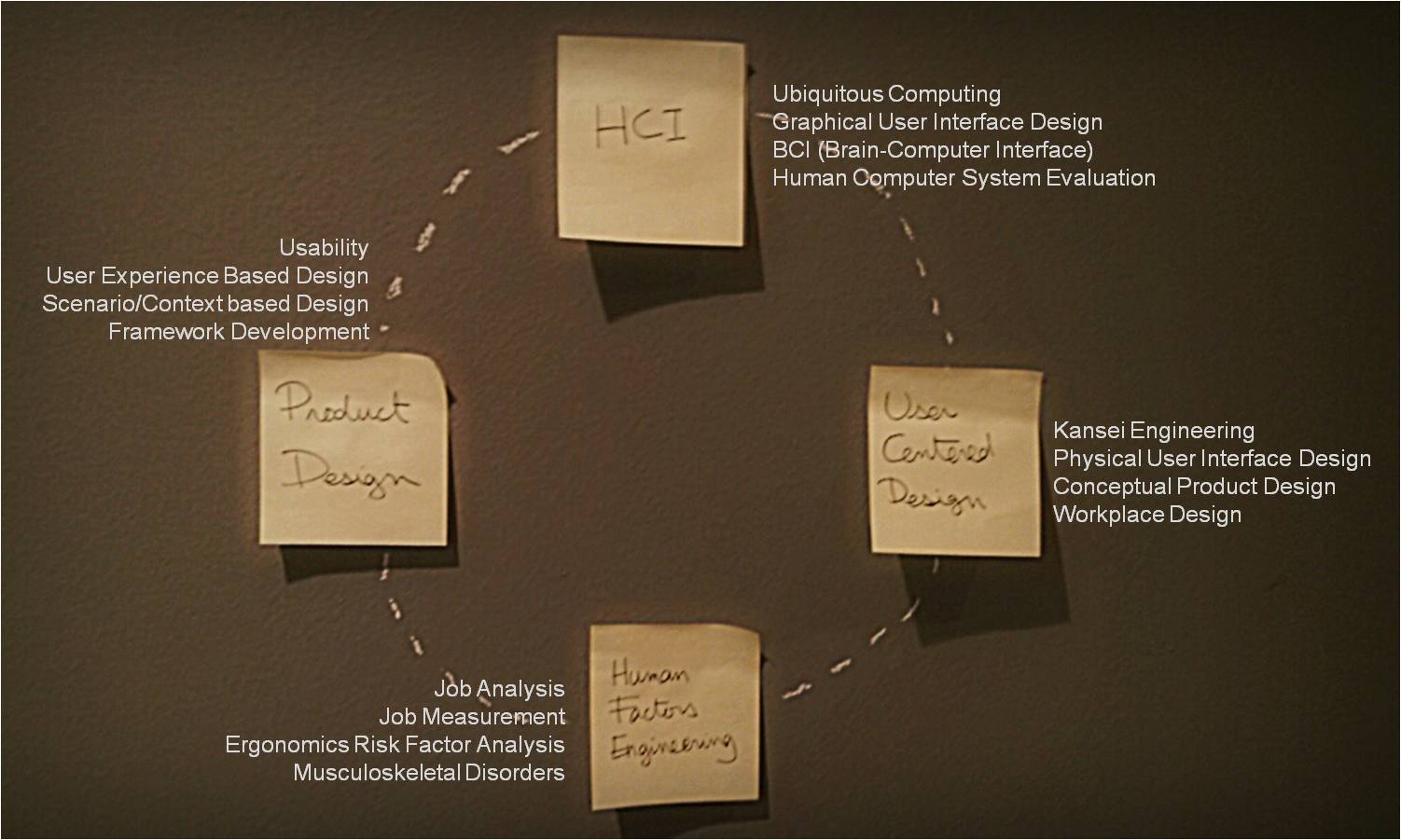
Research Area
The area of study includes user requirements, design methodologies, ergonomics in product design, and analysis of product development processes.
Human Computer Interaction(HCI)
|
Product Design
|
User Centered Design
|
Human Factors Engineering
|
HCI
/Human Computer Interaction
HCI studies the process of designing, evaluating and completing computerized systems to enable the interaction between the user and the system. It also studies some important phenomena concerning the process. HCI aims to develop and evaluate the systems. To make user-centered systems, the designers need to know the users’ requirements, value standards, and nature of work. In such matter, the HCI approach is used to ensure usability, safety and functionality of the system.
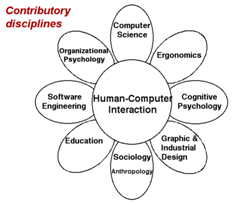
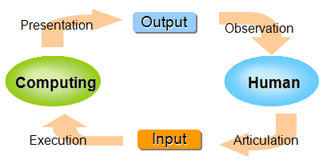
/Ubiquitous Computing
Ubiquitous computing is a computing environment more sophisticated than the simple home networking and mobile computing. It is a concept of making an information space by building invisible computer systems into every physical space to make intelligent objects and to transfer information. The IT revolution that will be created by ubiquitous computing or networking technology will create a large ripple effect. As a core component, development of HCI techniques and standards to enable natural integration between everyday life and computers is considered especially important.
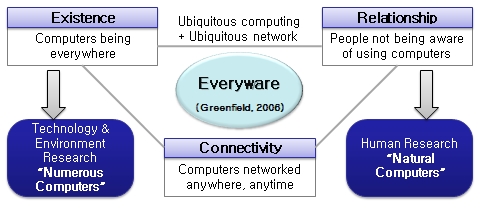
Product Design
/Kansei Engineering
Kansei engineering is a method that finds what human want and feel, and realizes them into specific product designs. It is a technique that measures the human emotion quantitatively and qualitatively, performs scientific analysis and evaluation, and applies the result to design products and environment. It aims to make life more convenient and comfortable.

/User Interface Design
User interface is defined as a contact point or an information channel between users and systems. User interface design is about defining perceptual and cognitive problems in interactive information exchange, designing and evaluating the problems systematically, and making systems more usable and useful.
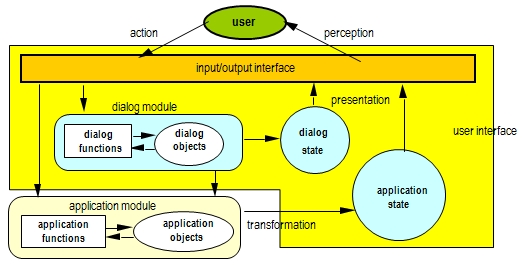
User-Centered Design
/User-Centered Design
UCD is a design philosophy and also a process that includes the needs and limits of end-users in design. UCD can be seen as a problem solving process formed by many stages. Designers should not only research the ways of using the interface, but should also verify their assumptions by conducting experiments on user activities with real users. Unlike other interfaces designs where people have to adapt to systems by changing ways of working, UCD tries to optimize the interface to users’ capabilities, needs and work styles.
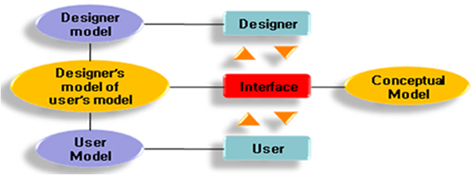
/Usability
Usability is a complex concept that evaluates interactive products by questioning whether the user has achieved the intended result(usefulness), accomplished the result conveniently(usableness), and felt overall satisfaction(ISO 9241-11). Recently, kansei engineering is included in a broad concept of usability, since emotional aspect of products are also considered important.
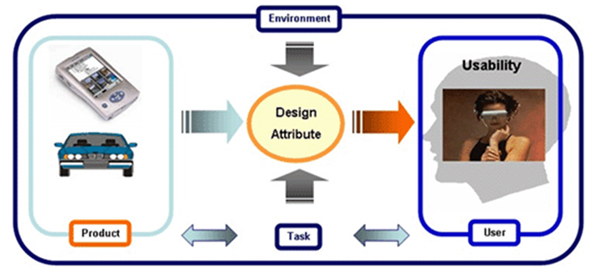
Human Factors Engineering


Recent Comments